The Bonsai Ceramics of Syu-zan (舟山)
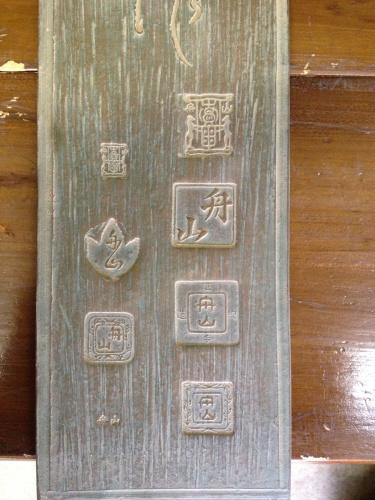
For those of you that don’t know, I’ve been actively learning and collecting more and more Bonsai ceramics. In Japan, most of the pottery that I come across tend to either be Chinese or Japanese. In this post I’m going to talk about one of my favorite Japanese maker and show some examples of his work.
Syu-zan 1928-1988
Syu-zan was born in Mie Prefecture in Tsu-city and grew up to become a Banker till 1971 when he decided to quit his job and become a full-time ceramics maker. Syu-zan produced pots for 17 years in Aichi Prefecture, Togo ward, east of Nagoya city (Aichien is in Nagoya) till his death in 1988.
Syu-zan’s ceramics are well-known in Bonsai circles in Japan because of his Chinese Antique inspired works. He is also one of the few Japanese pot makers that are considered to have produced high enough quality Bonsai ceramics that they are often used in Kokufu-ten. Syu-zan liked how the 18th and 19th century Chinese pots looked and wanted to reproduce them with his own personal touch. He even went to the extent of importing clay from China and mixing it with Japanese clay. His modifications of the Chinese designs included increased depth and a refined/rough textured style that works well with bonsai. All of his ceramics are made by hand.
I had conversation with Mr. Tanaka about Syu-zan and he says that he especially likes his works because they showed that the maker loved bonsai. Mr. Tanaka’s belief is that a bonsai pot maker that loves bonsai tend to produce pots that work best with bonsai.
So enough talk, lets check out some of Syu-zan’s works!
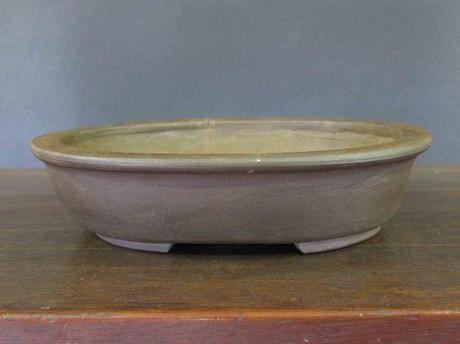
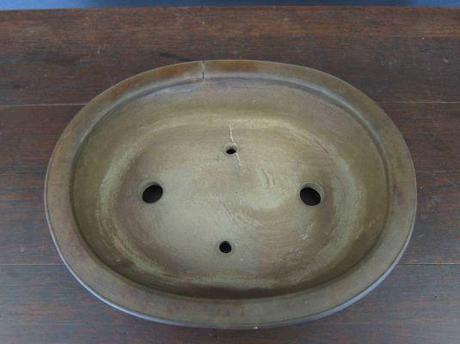
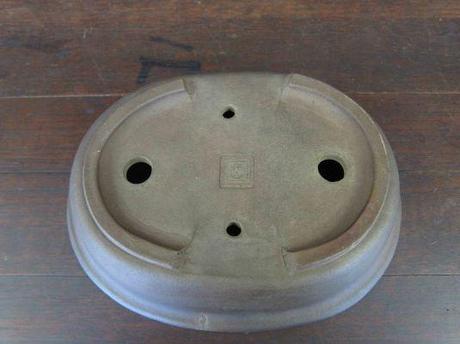
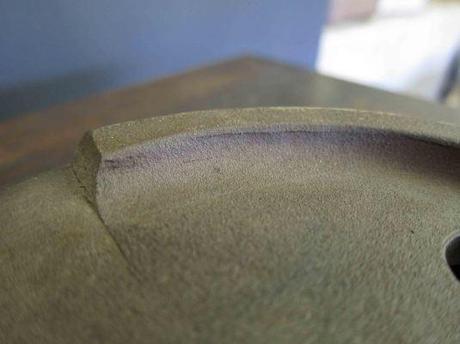
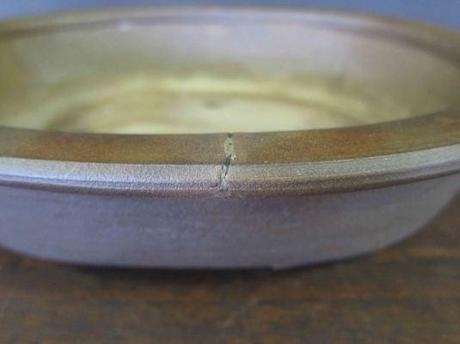

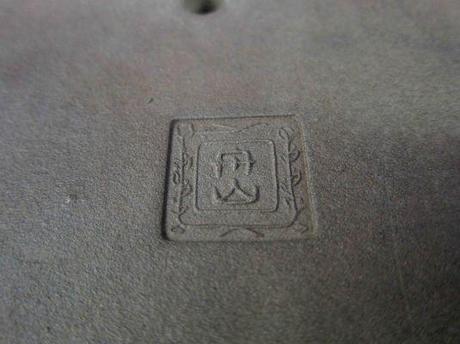
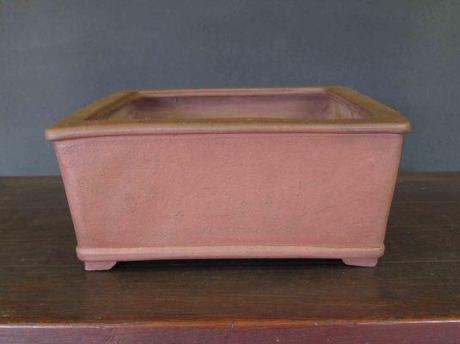
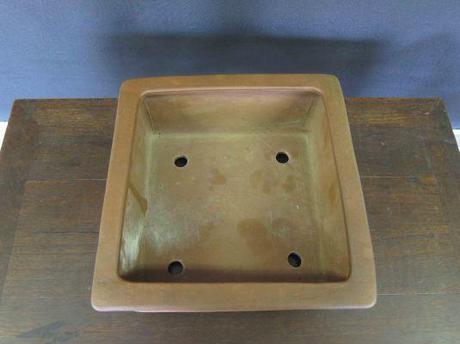
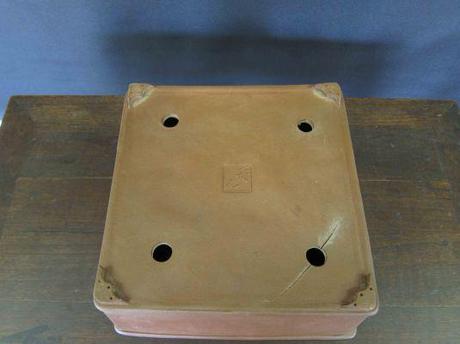
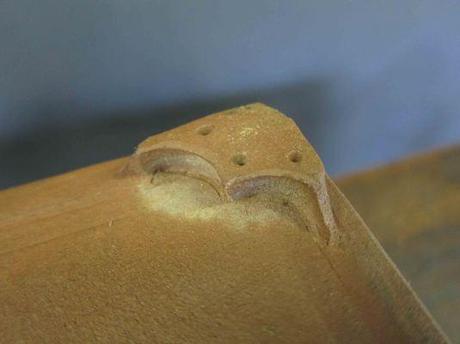
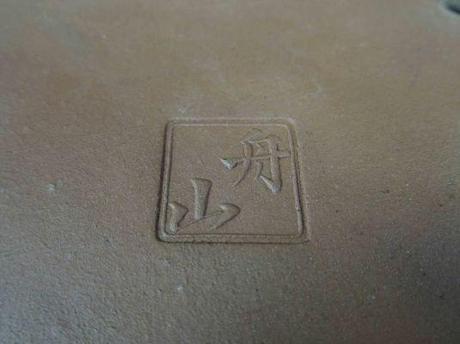
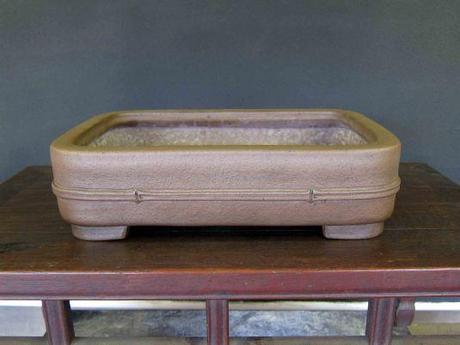

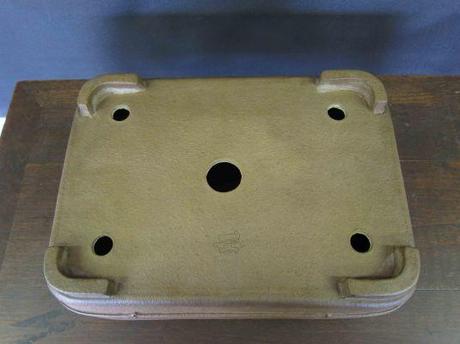
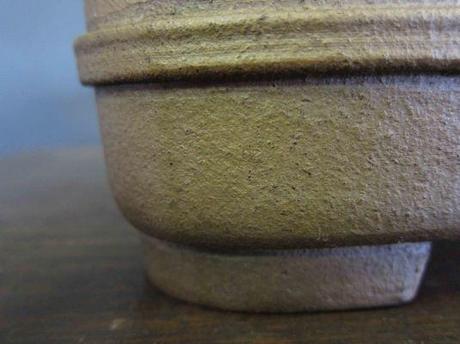
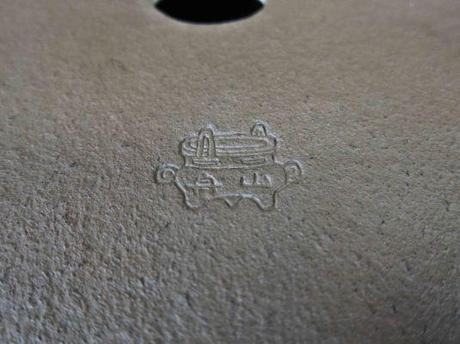
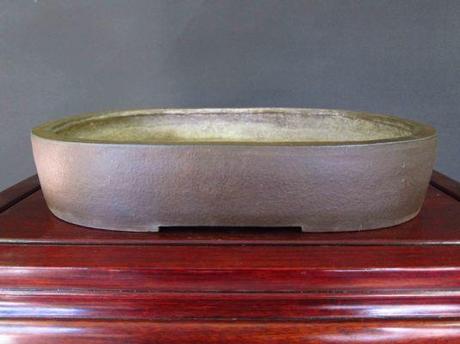
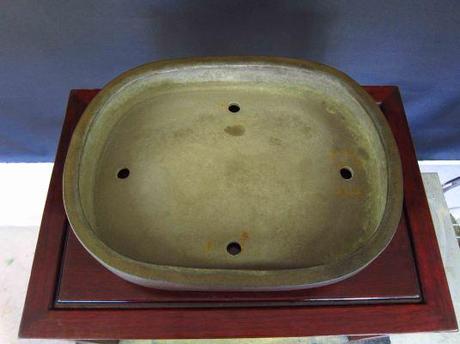
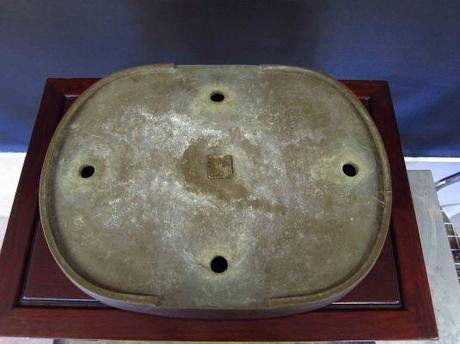
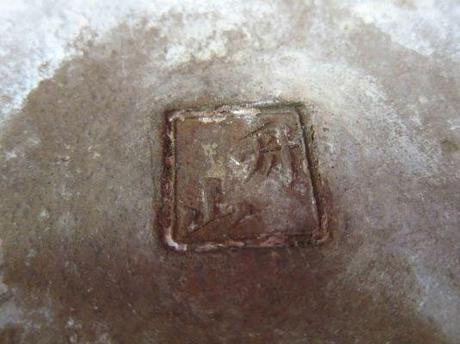
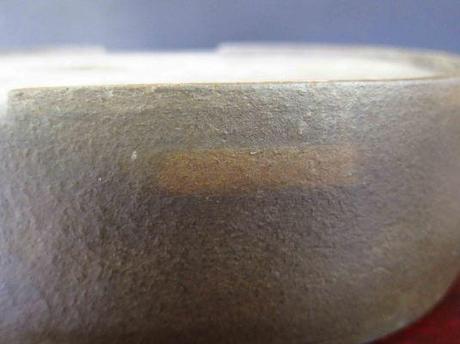
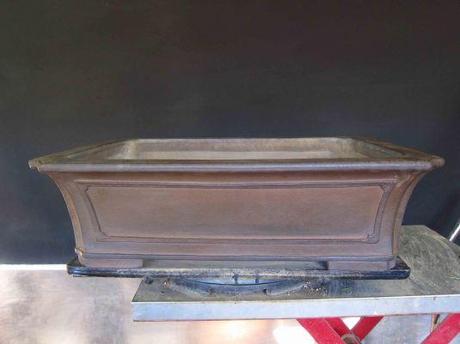
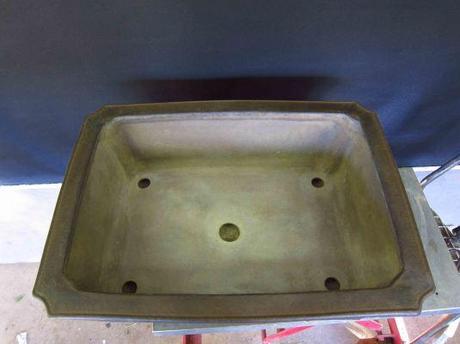
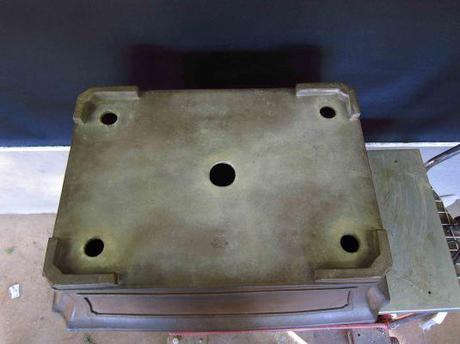
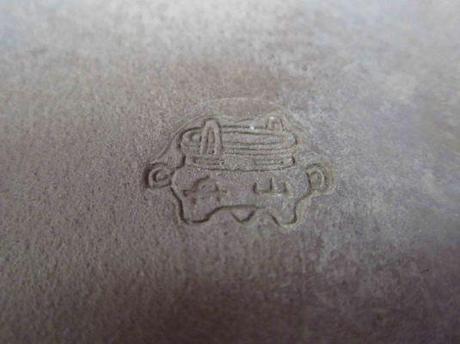
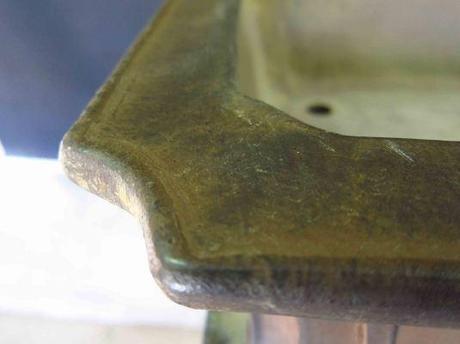
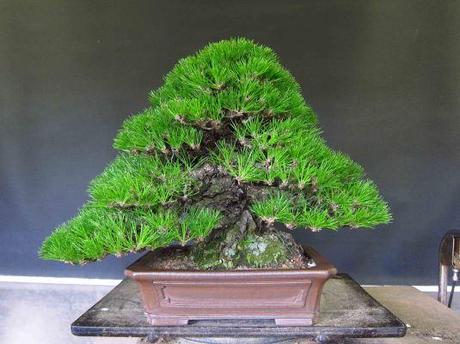
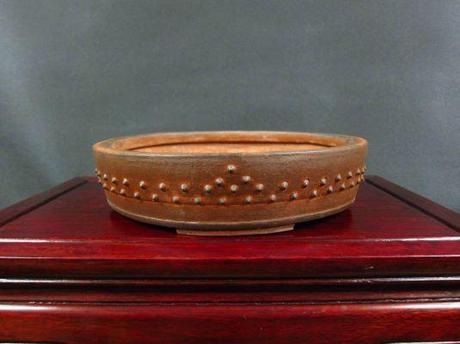
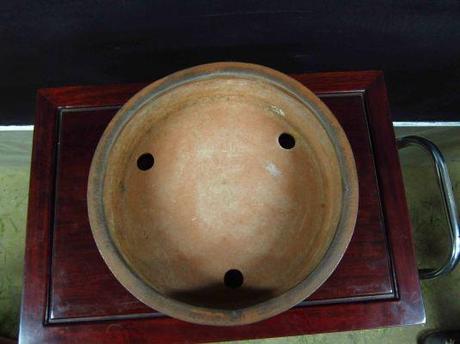
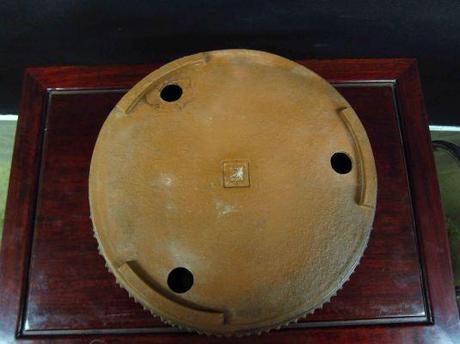
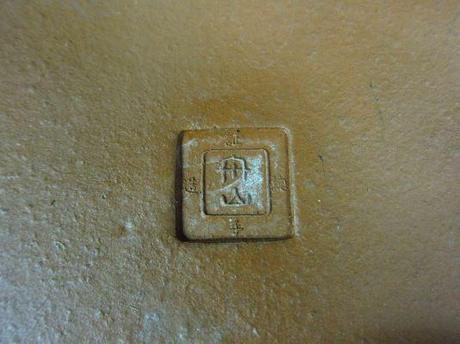
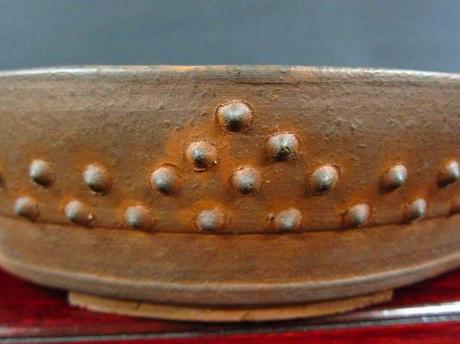

Sen-syu (仙舟) the Apprentice
Syu-zan may have passed away but his legacy lives on in his surviving works and his apprentice Sen-syu. The following is an example of his works.
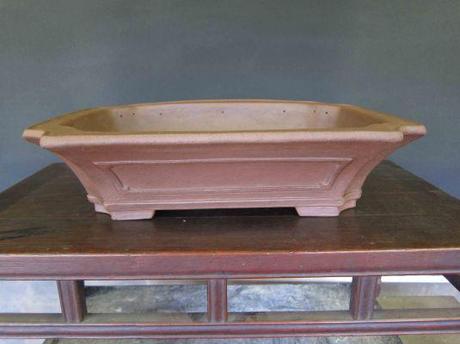

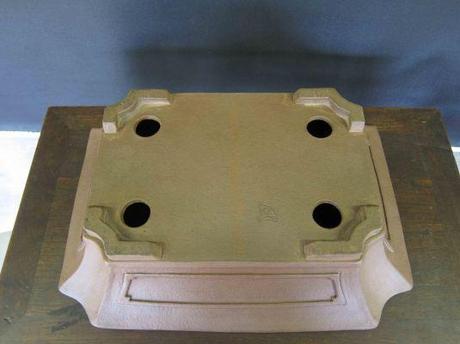

I hope you all enjoyed looking at some of Syu-zan’s beautiful works of art! He created much more varieties of bonsai pots so it doesn’t end here. Hopefully in the future when I amass more photos of his works, I’ll write a second post to share them with you all!
Thanks for reading and please feel free to comment below.
If you like reading post about bonsai ceramics, you may enjoy some of my earlier post about the subject by visiting the links below:
- One Pot to Rule Them All #2 – In this post I examine multiple large lip Maruhei pots.
- Kit-tachi Oh-sumi-kiri Kaku-men Chou-hou (A Type of 8 Sided Pot) – It says it all in the title! Lots of pictures and examples.
- Namako Ceramic Pottery – In this post I talked about a certain type of glazed used in pottery.
- One Pot To Rule Them All – In this post I talk about a Bonsai pot that has the biggest lips I’ve ever seen!
- Concrete Pot Mystery??? - In this post I look for clues for the origins of a concrete Bonsai pot.
- A Chinese Pot - In this post I talk about a glazed green Canton pot with and extra touch of special.
- What A Crack Pot! - In this post I talk about how I do some basic pot repairs.
- Pots and Patina – In this post I talk about patina on Bonsai pots and some great examples around the nursery.
——————————————————————————————–
P.S. If you are actively reading this blog, I would appreciate it if you subscribe to it (right column of the blog). This is one of the best ways for me to know how many people are reading. Thanks!
